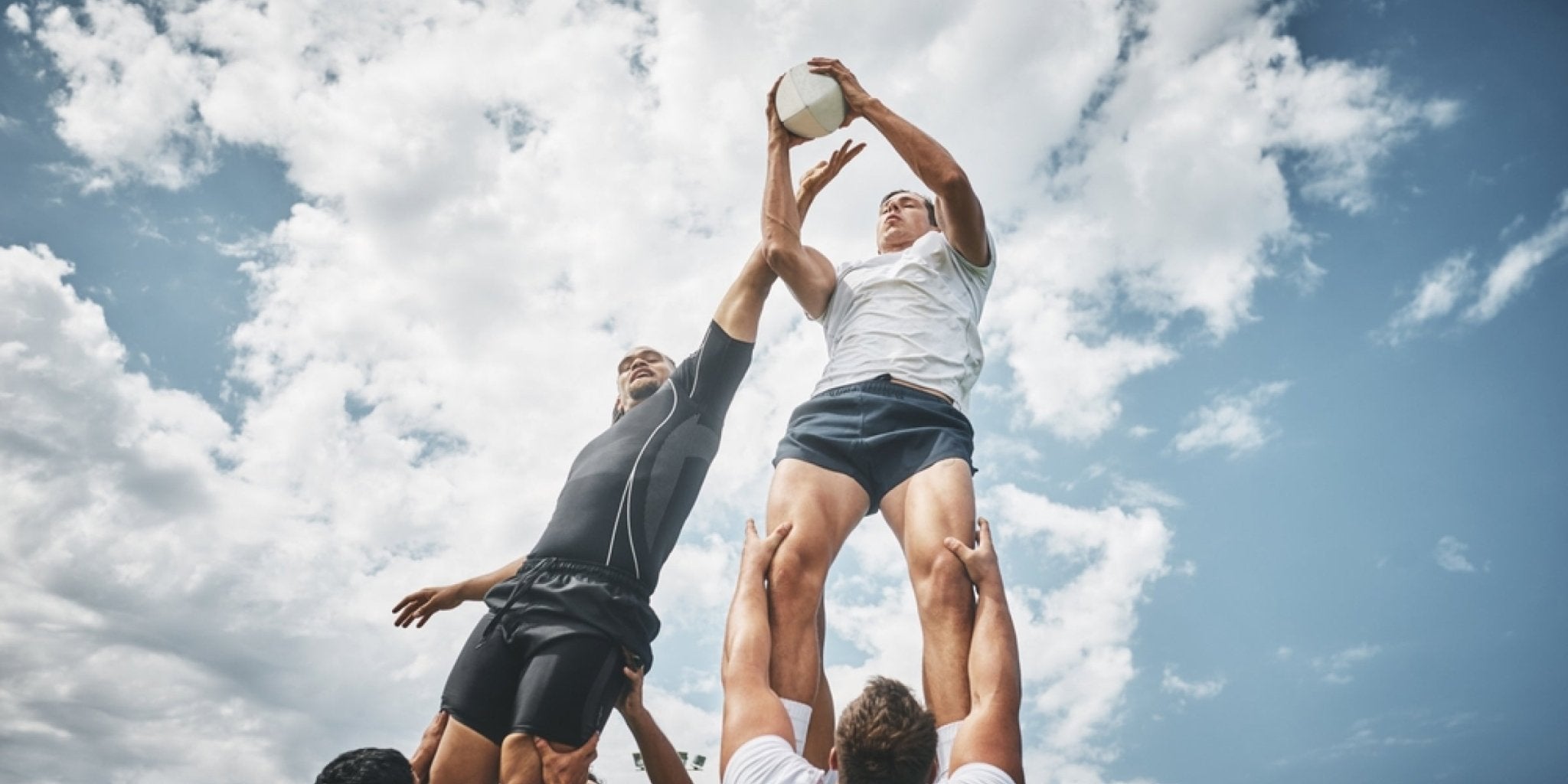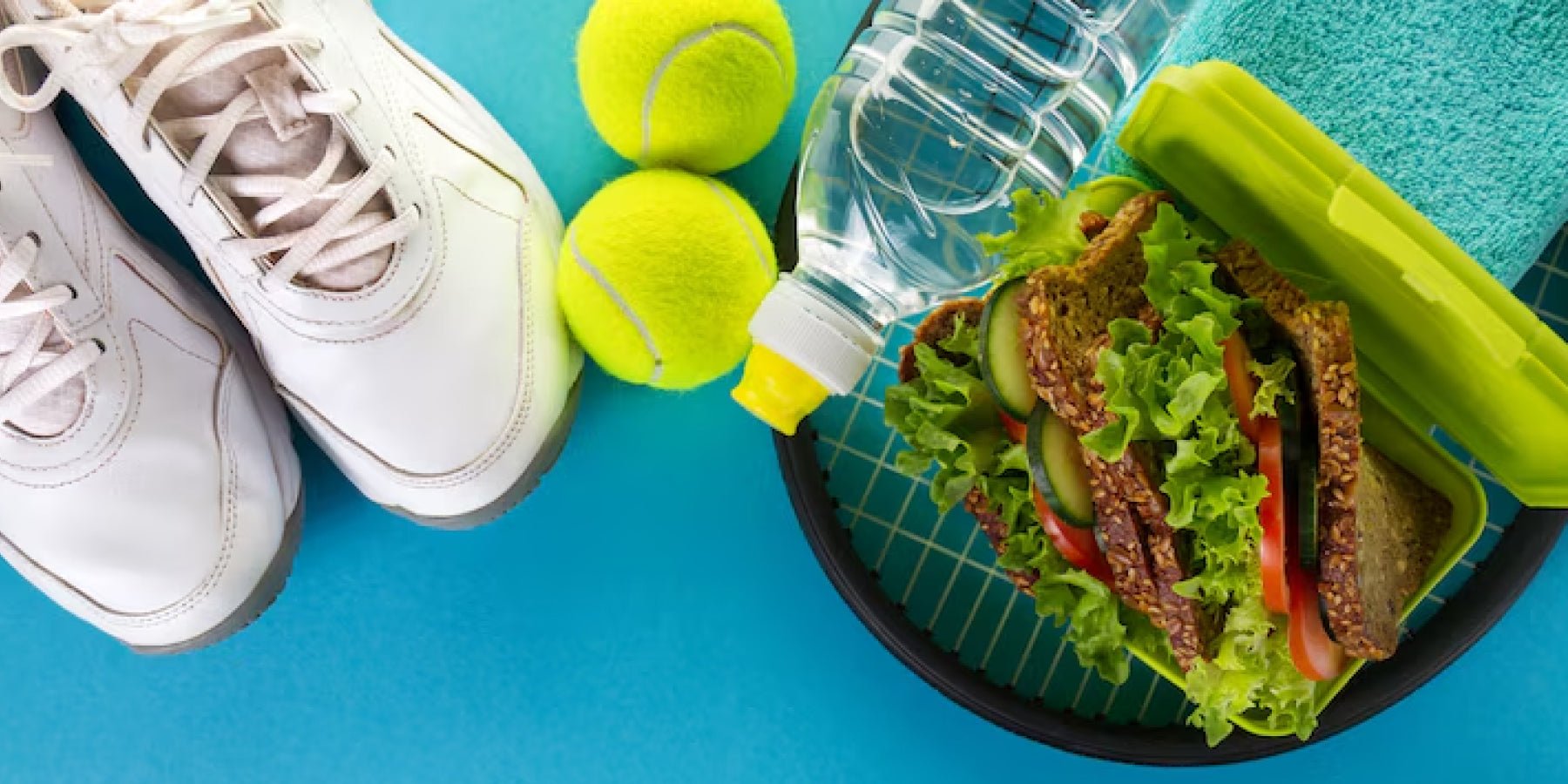Pickleball is a rapidly growing sport that combines elements of tennis, badminton, and ping-pong. It's known for its smaller court, slower pace, and quick learning curve, making it ideal for beginners and seasoned players alike. It's easy to pick up yet challenging enough to keep things interesting. Whether you're looking for a fun way to stay active or seeking a new social activity, pickleball game offers a welcoming environment for all.
Getting Started with the Pickleball Game
The beauty of the pickleball game lies in its simplicity and versatility. Played on a smaller court with a slower ball and a light paddle, it's designed to be beginner-friendly yet exciting. From local parks to professional courts, pickleball is popping up everywhere—and for good reason. Its inclusive nature ensures that players of all ages and skill levels can enjoy the game together.
What is the Pickleball Game?
Pickleball began in 1965 when three dads created a backyard game to entertain their kids. Today, it's a global sport loved by millions. It started small but has grown into one of the most popular recreational sports. The game's unique blend of familiar elements makes it both nostalgic and novel.
How Pickleball Is Played
Played with a paddle and a plastic ball, the pickleball game involves serving, rallying, and scoring points until one side reaches 11 (or 15/21 in tournaments). The game is typically played on a badminton-sized court with a net in the middle. Its straightforward rules make it accessible, while strategic depth keeps players engaged.
Pickleball Court Setup
A standard pickleball court is 20x44 feet, with a non-volley zone called the "kitchen" near the net that players must avoid volleying in. The layout encourages both strategy and precision over raw power. This design promotes longer rallies and emphasizes placement over strength.
Pickleball Player Positions
In pickleball game, player positions shift based on whether you’re playing singles or doubles. Doubles players typically start side by side, adjusting after each serve or point. Staying aware of your position helps you cover the court better and communicate smoothly with your partner.
Gear Up for Pickleball Fun
Before stepping onto the court, having the right gear can enhance your experience. From paddles to shoes, each piece plays a role in your performance and comfort. Investing in suitable equipment can boost confidence and prevent injuries.
Understanding Pickleball Court Size
A pickleball court is exactly half the size of a standard tennis court. Its compact design makes gameplay quicker and more strategic. This makes it easier to cover ground and get longer rallies. The smaller court size also fosters a more intimate and social playing environment.
Essential Pickleball Equipment
You'll need a pickleball paddle, a perforated plastic ball, and a court with a net. Beginners can start with budget-friendly gear. Over time, you can upgrade as your skills grow. Quality equipment can improve control and enhance your overall playing experience.
Choosing the Right Paddle
Paddles come in various materials, like wood or composite. Choose one that feels comfortable and balanced in your hand. The grip and weight can significantly affect your control and power. Testing different paddles can help you find the perfect fit for your playing style.
Footwear That Supports Your Game
Court shoes with good grip and lateral support help you move safely and quickly. Avoid running shoes that lack side support. Proper shoes reduce injury risk and boost performance. Investing in the right footwear ensures stability and comfort during play.
How to Play the Pickleball Game

Understanding the rules and techniques is crucial for enjoying the game and improving your skills. Let's delve into the basics to get you started. Familiarity with the game's structure enhances both confidence and competitiveness.
Basic Pickleball Rules Overview
You must let the ball bounce once on each side after the serve (two-bounce rule) and cannot volley in the "kitchen" zone. These rules promote fair play and longer rallies. Adhering to these guidelines ensures a balanced and enjoyable game for all participants.
Starting with the Serve
Serves must be underhand and cross-court, landing beyond the kitchen. Only the serving side can score. It's best to serve deep to keep your opponents back. A well-placed serve can set the tone for the rally and provide a strategic advantage.
How Pickleball Scoring Works
Games go to 11 points (win by 2). Only the serving team scores, and players switch sides after gaining a point. Clear communication is key to avoiding confusion during scoring. Understanding the scoring system helps maintain focus and track progress effectively.
Common Game Faults Explained
Faults include stepping into the kitchen on a volley, serving out of bounds, or hitting the ball into the net. Learning these early helps reduce unforced errors. Being aware of common mistakes allows players to refine their techniques and strategies.
Essential Pickleball Shot Types

Mastering various shots can give you a competitive edge and make the game more enjoyable. Here are some fundamental shots to practice. Diversifying your shot repertoire keeps opponents guessing and enhances gameplay.
Dink Shot
The dink is a soft shot that lands in the opponent's kitchen, forcing them into a tough low return. It's a strategic move to control the pace of the game. Consistent dinking can disrupt aggressive players and create scoring opportunities.
Drive Shot
Drives are fast, low shots aimed at the opponent's body or feet to disrupt their rhythm. Use these to put pressure and set up winning shots. Effective drives can catch opponents off guard and shift the momentum in your favor.
Volley Shot
Volleys are taken in the air outside the kitchen zone and require quick reflexes and paddle control. Proper timing helps maintain offensive advantage. Practicing volleys enhances hand-eye coordination and net play proficiency.
Lob Shot
Lobs go high over your opponent, pushing them back and buying you time to reset the rally. Use them strategically when your opponent is close to the net. Well-executed lobs can change the pace and create defensive challenges for opponents.
Strategy and Play Styles in Pickleball

Developing a strategic approach tailored to singles or doubles play can enhance your effectiveness on the court. Let's explore some tactics. Adapting your strategy based on the game's format ensures optimal performance and enjoyment.
Pickleball Singles Strategy
In singles, focus on footwork and ball placement. Covering the whole court means staying quick and alert. Target corners to make your opponent run more. Maintaining stamina and anticipating shots are key components of successful singles play.
Pickleball Doubles Strategy
Team coordination is key. Control the net and use angled shots to dominate the kitchen line. Communicate often and adjust your positions accordingly. Effective teamwork enhances court coverage and minimizes unforced errors.
Adjusting Play: Singles vs. Doubles
Singles is more physically demanding, while doubles focuses on tactics and teamwork. Each style requires different strengths and preparation. Understanding these differences allows players to tailor their training and strategies accordingly.
Key Partner Communication TIPS
Call shots clearly, switch positions smoothly, and back each other up during rallies. Good communication reduces errors and builds trust. Establishing signals and discussing strategies pre-game can enhance on-court synergy.
Verbal Communication
Effective verbal cues like "mine," "yours," or "switch" help partners coordinate swiftly during play. Consistent calls prevent confusion and ensure both players are aligned on shot responsibilities. Regularly discussing strategies and providing positive feedback fosters a supportive team dynamic.
Non-Verbal Communication
Non-verbal cues, such as hand signals and body language, are crucial when verbal communication isn't feasible. Gestures like a behind-the-back signal can indicate planned plays without alerting opponents. Maintaining positive body language, like nods or fist bumps, reinforces team morale and cohesion.
Excel as a Pickleball Beginner
Starting with the right mindset and practices can accelerate your improvement and enjoyment of the game. Here are some tips to help you excel.
Avoid Common Newbie Mistakes
Beginners often make mistakes like standing too close to the net or overhitting the ball. Focusing on control and positioning rather than power can lead to better outcomes. Start slow, learn the rhythm of the game, and let confidence build naturally.
Simple Drills for Skill Gain
Practicing drills like dinking, wall volleys, and targeted serves can enhance your skills. Consistent practice builds muscle memory and improves game performance. Even 15 minutes a day can make a noticeable difference over time.
Develop Your On-Court Focus
Staying mentally sharp and anticipating your opponent's moves are vital. Maintaining focus throughout the game can give you a competitive edge. Take a deep breath between points to reset and stay present.
Play Smart, Prevent Injuries
Warming up before playing, staying hydrated, and cooling down afterward help prevent injuries. Listening to your body and resting when needed ensures long-term enjoyment of the sport. A little care off the court keeps you stronger on the court.
Take Care of Your Body to Play Better Pickleball

Playing the pickleball game regularly demands more than just skill—it requires taking care of your overall health. Supporting your body with the right fitness, nutrition, and recovery habits helps you stay energized and injury-free.
Essential Fitness TIPS for Pickleball
Incorporate exercises that enhance agility, balance, and endurance into your routine. Cross-training and regular stretching can improve your on-court performance. Even a few minutes of dynamic warmups before play can make your movements sharper and more controlled.
Pre-Game Nutrition and Hydration
Eating a balanced meal with carbohydrates and protein before playing provides energy. Staying hydrated with water or electrolyte drinks is essential for peak performance. Avoid heavy meals or sugary snacks right before matches to keep your energy steady.
Post-Game Recovery TIPS
After playing, stretching and consuming a protein-rich snack, aid in muscle recovery. Using tools like foam rollers can alleviate soreness and prevent stiffness. A good night’s sleep after play is one of the best ways to help your body bounce back.
Supplements for Pickleball Players
Athlete Series Whey Protein aids muscle repair and growth, supporting recovery after intense pickleball sessions. BCAAs help reduce muscle soreness and fatigue, enhancing endurance during prolonged play. Incorporating these supplements can improve performance and maintain energy levels on the court. Always consult a healthcare professional before starting any new supplement regimen.
Pickleball is an enjoyable and accessible sport that offers physical activity and social interaction. With the right equipment, understanding of the rules, and consistent practice, beginners can quickly improve and have fun. Embrace the journey, stay committed, and enjoy the many benefits that the pickleball game brings to your life.
FAQ
Q1) What is Pickleball, and how do you play?
Pickleball is a paddle sport combining elements of tennis, badminton, and ping-pong, played on a 20x44 ft court. Players use solid paddles to hit a perforated plastic ball over a net, aiming to score points by winning rallies.
Q2) Is pickleball easy for beginners?
Yes, pickleball is beginner-friendly due to its simple rules, smaller court, and slower-paced gameplay. It requires minimal equipment and is less physically demanding than other racquet sports.
Q3) What size is a Pickleball court?
A standard pickleball court measures 20 feet wide by 44 feet long, suitable for both singles and doubles play. It includes a 7-foot non-volley zone, known as "the kitchen," on each side of the net.
Q4) What are the main rules of Pickleball?
Key rules include serving underhand diagonally, allowing the ball to bounce once on each side after the serve (two-bounce rule), and avoiding volleys in the non-volley zone ("the kitchen"). Only the serving team can score points, and games are typically played to 11 points, winning by 2.










Leave a comment
This site is protected by hCaptcha and the hCaptcha Privacy Policy and Terms of Service apply.